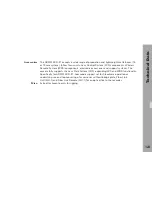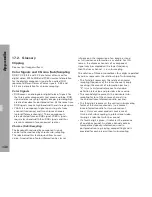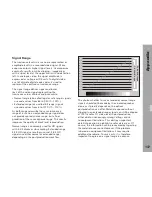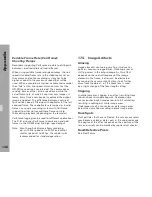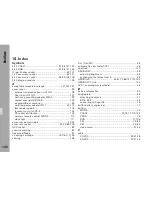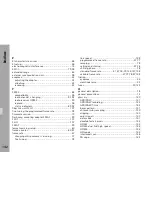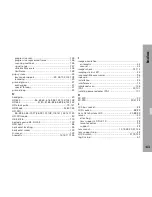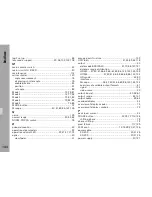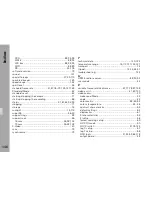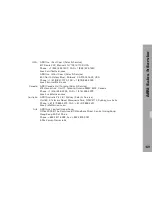
A
p
pe
nd
ix
137
Signal Range
The luminance levels in a scene are represented as
amplitude levels in a recorded video signal. More
exposure outputs higher signal levels. Overexposure
eventually results in white clipping – image areas
with a signal level at the upper limit with no definition
left. In analogue video, the signal amplitude is
expressed as voltage or IRE units. In digital video,
a set of discrete digital code values is used to
represent the continuous luminance range.
The signal range defines upper and lower
limit of the video signal representing the
luminance values of black and pure white:
Normal range (also called legal or safe range) signals
•
use code values from 64 to 940 (0 – 100%).
Extended range (also called full range) signals
•
use code values from 4 to 1019 (-10 – 110%).
As both ranges describe the same luminance
range of a scene, an extended range signal does
not provide more dynamic range, but a finer
gradation of the same dynamic range. This mostly
improves the quality of black level reproduction.
Normal range is commonly used for HD signals
with 4:2:2 chroma sub-sampling. Extended range
4:2:2 HD signals are rather unusual. 4:4:4 HD
signals use either normal or extended range,
depending on the postproduction workflow.
The choice whether to use extended or normal range
signals should not be made by the cinematographer
alone, as it greatly depends on the options
postproduction can offer. Material exposed without
clipping in an extended range signal can still be clipped
at 100% and/or 0% video level in postproduction,
either due to unknowingly wrong settings or due
to equipment limitations. This destroys important
detail information in highlights and/or dark areas. Of
course, the information can be recovered by ingesting
the material once more. However, if the problem
is based on equipment limitations it may require
additional hardware. To save costs, it is therefore
important to agree on a signal range in advance.
110 %
100 %
90 %
80 %
70 %
60 %
50 %
40 %
30 %
20 %
10 %
0 %
–10 %
S
ta
n
d
ar
d r
an
g
e
E
xt
en
d
ed r
an
g
e

